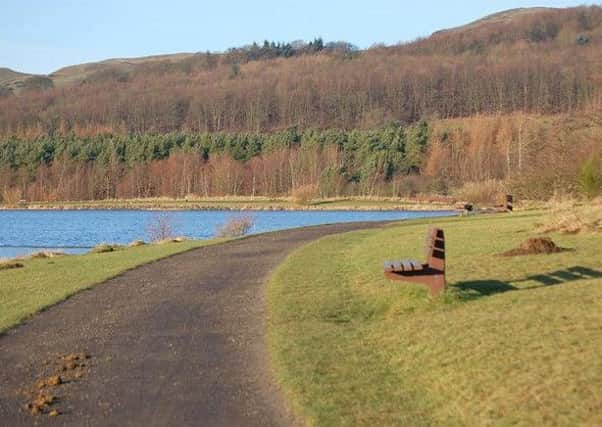Medieval seat found during archaeological dig in Fife


It is believed that before Lochore Castle was home to the estate’s first Lord, Robert the Burgundian, people were living on the site as early as the 10th Century.
Archaeologist Dr Oliver O’Grady, who led the excavations, believes the early dwellers could have been people of influence who lived in a crannog.
Advertisement
Hide AdAdvertisement
Hide Ad“Although Fife is not known for its crannogs, it’s very likely that they did exist,” he said.
“Even before the castle we see now was standing, there were people living there in the 10th and 11th centuries.
“It’s a strong possibility that the island was an early medieval power centre of some sort. I think it’s likely that the Norman lords built the castle on the site because they were appropriating earlier places of power.”
The dig was organised by Living Lomonds Landscape Partnership and took place in August 2014. Around 40 volunteers from the community took part and learned some basic archaeological skills.
More than 45 school pupils also participated in the project.
In medieval times, the castle site was an island surrounded by Loch Ore.
The loch covered a much larger area before it was drained near the end of the 18th Century by the landowner at the time, Captain Park.
Advertisement
Hide AdAdvertisement
Hide Ad“We don’t have the smoking gun of a crannog,” said Dr O’Grady.
“We looked at evidence from a small trench, for structural remains of an early medieval building.
“The dig was not big enough to prove for sure there was a crannog, but we do have enough evidence to prove the island was occupied in the early medieval period.”
The dig also gave an insight into the lordly lifestyle led by medieval knights at the castle.
Their exclusive diet was illustrated by a butchered deer skull and high quality glazed pottery and table wares.
Dr O’Grady added: “The scientific analysis has really blown open our understanding of this mysterious site, telling us amazing new facts like Lochore had international links to France and Germany in the medieval period, and giving us the first hard evidence that the island was occupied long before the first castle was built in the 12th century.”
The third and final Living Lomonds Big Dig is scheduled to take place in June on the Falkland Estate, when the heritage of royal medieval deer hunting will be investigated.
